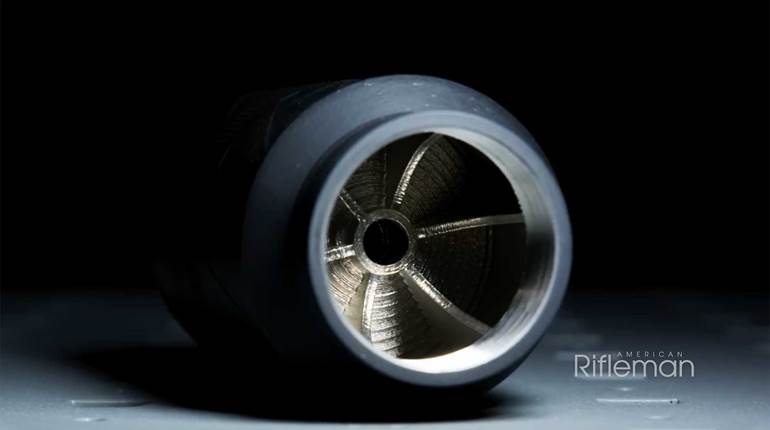
 “Up to March 29, 1911, the official military hand arm of the United States was the Colt’s .38 caliber revolver. But on that day, as a result of the movement of powerful forces too strong to be resisted and which have been acting for very long, that good old revolver became obsolete and in its stead there was marked for the holsters of this Nation’s defenders the .45 Colt’s automatic; the latest, the most deadly, the finest and the best hand arm which had yet to be produced by man.”
“Up to March 29, 1911, the official military hand arm of the United States was the Colt’s .38 caliber revolver. But on that day, as a result of the movement of powerful forces too strong to be resisted and which have been acting for very long, that good old revolver became obsolete and in its stead there was marked for the holsters of this Nation’s defenders the .45 Colt’s automatic; the latest, the most deadly, the finest and the best hand arm which had yet to be produced by man.”
Those words are from an April 6, 1911, article in these pages entitled, “The Greatest Pistol In The World.” For the vast majority of its existence, the U.S. Model of 1911, followed by the M1911A1—or the commercial Government Model—was synonymous with “forty-five.” If you said that or wrote “.45,” everyone knew not only what cartridge you were talking about, but what gun as well.
That said, there have been exceptions, including guns in .455 Webley produced for the British during World War I, and then in 1928 Colt introduced the Super .38, chambered, of course, in .38 Super. Colt touted the Super .38 as, “For the big game hunter and the lover of the outdoors, the Super .38 offers an arm of unsurpassed power and efficiency … . Will stop any animal on the American Continent and is a favorite as an auxiliary arm for big game hunting trips.” The gun went rimfire in 1931 with the .22 Long Rifle Ace. There have been others, including the .38 AMU, .30 Luger and even 9 mm Steyr, but none challenged the .45 ACP for supremacy.
But the dominance of the .45 ACP M1911 has been chipped away at in more recent years. This month, we reviewed a Kimber Rapide Black Ice chambered in 10 mm Auto. If any pistol cartridge can live up to the promise of Colt’s above-mentioned marketing hype, it’s the 10 mm. The weight of an all-steel M1911 with a full 5" barrel makes the recoil of a full-power 10 mm loads if not quite pleasant, then certainly manageable.
The bigger story today, though, is the M1911 platform chambered in 9 mm Luger, particularly in the 41/4"-barreled Commander size. The aluminum-frame Commander in 9 mm made its way into Colt’s catalog in 1950 where it sat alone until other makers began offering them starting in the 1980s. The popularization of the 9 mm cartridge in the Commander-size M1911 had to wait for improvement in defensive 9 mm Luger ammunition, which is a more recent development.
There is a very well-written and well-reasoned story by Field Editor Justin Dyal about the “The Rise Of The 9 mm M1911” you can read here. Adopted by the German army for the Luger pistol in 1908, the 9 mm Parabellum, or 9 mm Luger, is perhaps more of an American cartridge than a German one today. In terms of all guns currently produced, those in 9 mm Luger far outstrip those in .45 ACP.
On our January 2021 issue cover is a Colt Lightweight Commander built to Field Editor Wiley Clapp’s specifications, and you can see more on this gun in this video. Included are stocks of Wiley’s own design that bear a Germanic “9.” During World War I, the Germans issued the Mauser Broomhandle chambered in 9 mm Luger with wooden stocks engraved with a ”9” and filled in with red paint to indicate they were not chambered for the .30 Mauser. Intended as an historical homage, it may well be indicative of a turning point in M1911s.





































